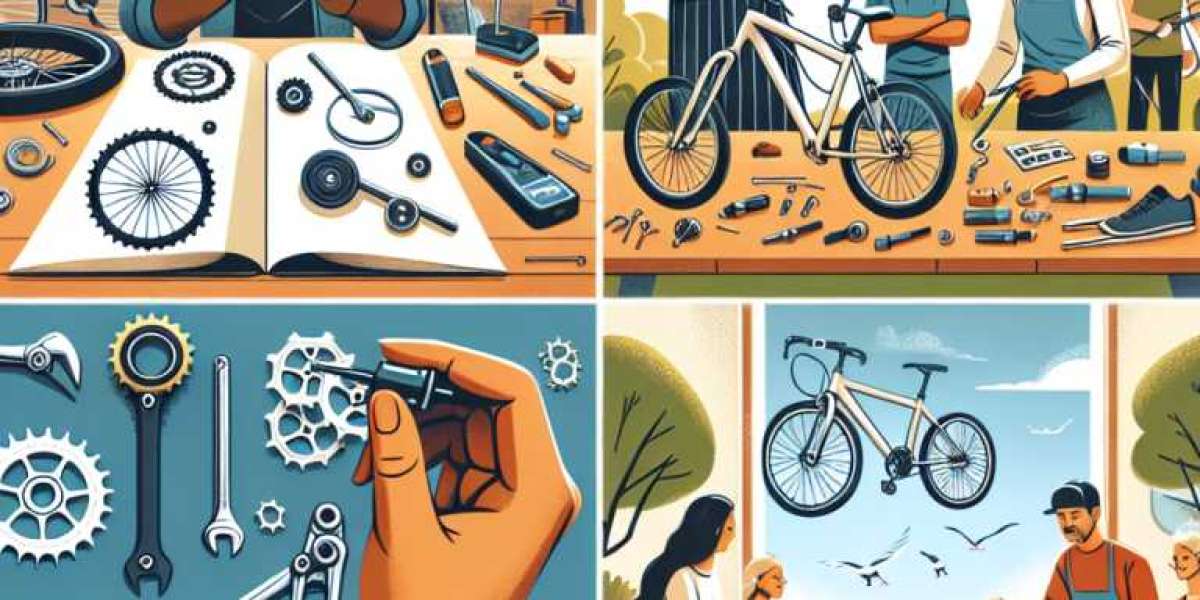Unlock the Secrets of Your Pregnancy Journey: What to Expect as Your Due Date Approaches!
Understanding the pregnancy timeline is crucial for expectant parents as they navigate the beautiful and often challenging journey toward childbirth. Knowing your due date can provide a roadmap for the months ahead, helping you to prepare not only physically but also emotionally for the arrival of your little one. Each stage of pregnancy brings unique experiences, symptoms, and milestones, making it essential to be well-informed. By understanding what to expect at each point in your pregnancy, you can embrace the changes and ensure that you are ready for the exciting adventure of parenthood.

The Pregnancy Timeline: Understanding Trimesters
Pregnancy is typically divided into three trimesters, each lasting approximately three months. The first trimester spans from week 1 to week 12, the second from week 13 to week 26, and the third from week 27 until delivery. During these trimesters, expectant parents witness significant changes, not only in the mother's body but also in the development of the fetus. Each trimester comes with its own set of challenges and joys. Recognizing these stages can help you prepare for what lies ahead, allowing for a smoother transition into parenthood. Whether it’s the initial excitement of seeing those two pink lines or the nervous anticipation as your due date approaches, understanding the pregnancy timeline is key to feeling empowered throughout this transformative journey.
First Trimester (Weeks 1-12)
The first trimester is often a whirlwind of emotions and physical changes. Common symptoms include morning sickness, fatigue, and heightened sensitivity to smells. This is the time when many expectant parents discover they are pregnant, and with that comes a mix of joy and anxiety. Prenatal care is essential during this stage; scheduling your first doctor's appointment is a priority. You will likely undergo several tests, including blood work and possibly an early ultrasound to check for the baby's heartbeat. By the end of this trimester, your baby will have developed its major organs, and you may even begin to see your baby bump emerge. Friends who have gone through this stage often share tales of craving pickles and ice cream or battling fatigue, making it a relatable and memorable experience.
Second Trimester (Weeks 13-26)
The second trimester is often referred to as the "golden period" of pregnancy. Many women find that their energy levels increase, and common symptoms like nausea begin to fade. This is the time when you might feel the first flutters of movement from your baby, which can be an incredibly exciting experience. Regular check-ups become critical, as doctors monitor the baby's growth and development. You may undergo an anatomy scan to ensure everything is developing normally. Emotionally, this trimester can bring a sense of stability as you start to bond with your baby. Friends often recall decorating nurseries and selecting names during this time, making plans for the future and feeling more connected to their baby as they prepare for the journey ahead.
Third Trimester (Weeks 27-40)
The final trimester is both thrilling and daunting. As your due date draws near, you may experience physical discomfort as your body prepares for labor. It's essential to have a birth plan in place and to discuss it with your healthcare provider. Signs of labor can include Braxton Hicks contractions, increased pelvic pressure, and a "nesting" instinct that might find you frantically preparing your home for the baby's arrival. It’s also a good time to finalize arrangements for postpartum care and support. The third trimester often brings a mix of anticipation and anxiety; friends have shared how they felt both excited and nervous, making it a time of deep reflection on their journey into parenthood. As you approach the finish line, remember to take care of yourself and trust your body's instincts.
Preparing for the Journey Ahead
In summary, understanding the pregnancy timeline by due date is not just about knowing when to expect your baby—it’s about preparing for the myriad of experiences that accompany each stage of pregnancy. As you move through the trimesters, remember that each phase brings its own joys and challenges. Being informed and prepared can alleviate some of the stress that comes with the unknown, allowing you to enjoy the beautiful journey toward parenthood. Don’t hesitate to seek professional guidance and lean on your support network for help and advice throughout your pregnancy journey. Embrace every moment, and look forward to the incredible experience of welcoming your baby into the world.



